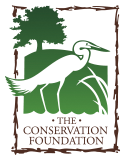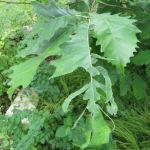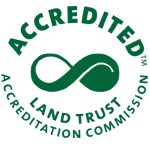When I first started gardening many years ago, I quickly learned leaf holes and other types of insect damage on my garden plants were not a good thing. Many of the garden centers, plant ads, catalogs and classes I took at the time often promoted insect resistant plants and pristine leaves. Although I learned to reduce pesticide use early on by practicing integrated pest management and other environmentally friend pest control methods, I did not appreciate holes until I started gardening with native plants.
 |
| These small circular holes are made by the leaf cutter bee, who uses the round leaf fragments to line their nests. |
Now I understand plants exist not only for human enjoyment and use, but also for other living creatures, so plant damage is to be expected. Native plants specifically are the basic food source for many types of local wildlife, especially insects, and in turn these herbivores feed and support many other wildlife. Plants also provide shelter, nesting sites and nesting material for wildlife, which might also be the reason for a few imperfect plants in your landscape. I think we may be more accepting of plant damage if we understand our home, work and community landscapes provide important wildlife habitats, travel corridors or "rest stops" between larger habitats such as forest preserve and parks, which are often too small or far apart. We may also be more accepting of plant damage if we remember all the valuable ecosystem services or benefits we humans get for free from nature. To read more about these benefits, please read this great article: Gardening for Life.
Now I actually get excited about holes on my native plants instead of immediately assuming I have a pest needing some type of control. My discovery becomes an opportunity to learn something new about what wildlife a plant might be supporting. With a good diversity of native plants and wildlife, the plant damage I see rarely becomes a problem or deters from beauty of my landscape. Instead the presence of wildlife only enhances its beauty. Brook McDonald, President of The Conservation Foundation summed it up nicely when a neighbor asked about his chewed up oak leaves: "That’s nature!" by Denise Sandoval Conservation@Home Assistant



